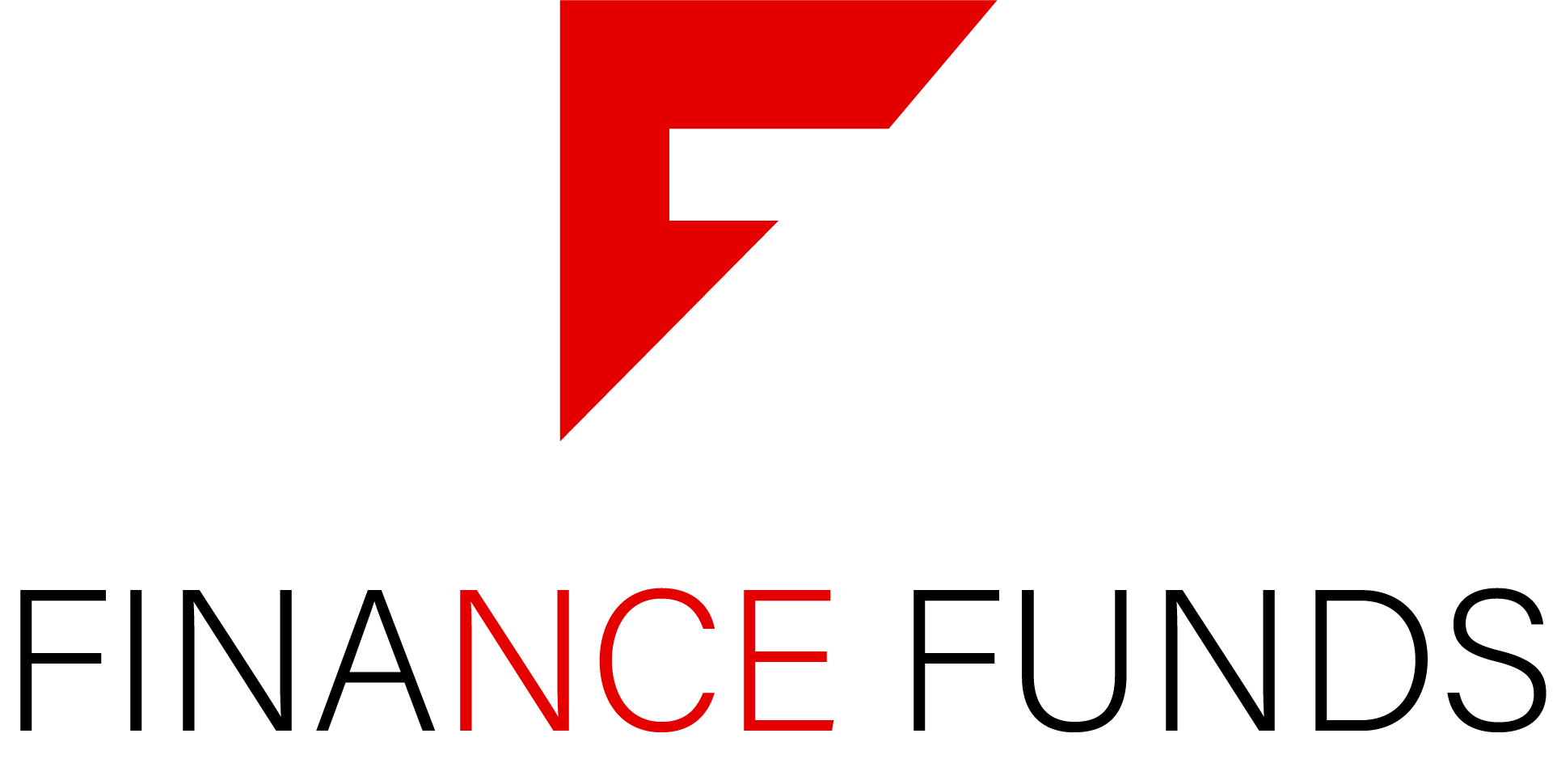Defaulting loans is equal to inviting problems. There are several disadvantages of loan defaults. Biggest of them is the damage caused to the credit score of the borrower making it impossible for him to be eligible for any loan program in the future. Similar principle is valid even for student loans. Student loan defaults can be described as federal educational loans that are not paid back or not paid properly as per the payment schedule. Most loan programs including FFEL and Direct Loan Program have a specified time limit of 270 days for loan payment, beyond which the loan is considered as default.
Student loan defaults primarily occur due to improper financial management. At the time of borrowing money on loan, many students overestimate their expenses, resulting in higher loan amount. As a result, one has to pay more towards monthly payments, a situation that many cannot withstand for long thus leading to a financial disaster. Other situations of student loan defaults include lack of employment for students after graduation.
How to get out of these loan defaults? One way is to avoid loan defaults. It is always riskier to take loan more than the required amount or more than the amount that one can pay back. Other way is to avoid taking a loan altogether. One can take a break for a semester or two, get employed somewhere and earn money required for paying tuition fees.
In situations of student loan defaults, the best possible alternative is to contact the lender immediately. Many times, lenders are willing to adjust the terms of the loan depending on the situation of the student. Another way is to consider a consolidated student loan to pay off the existing student loan. Consolidated student loans are available at lower interest rates and have flexible repayment terms.








